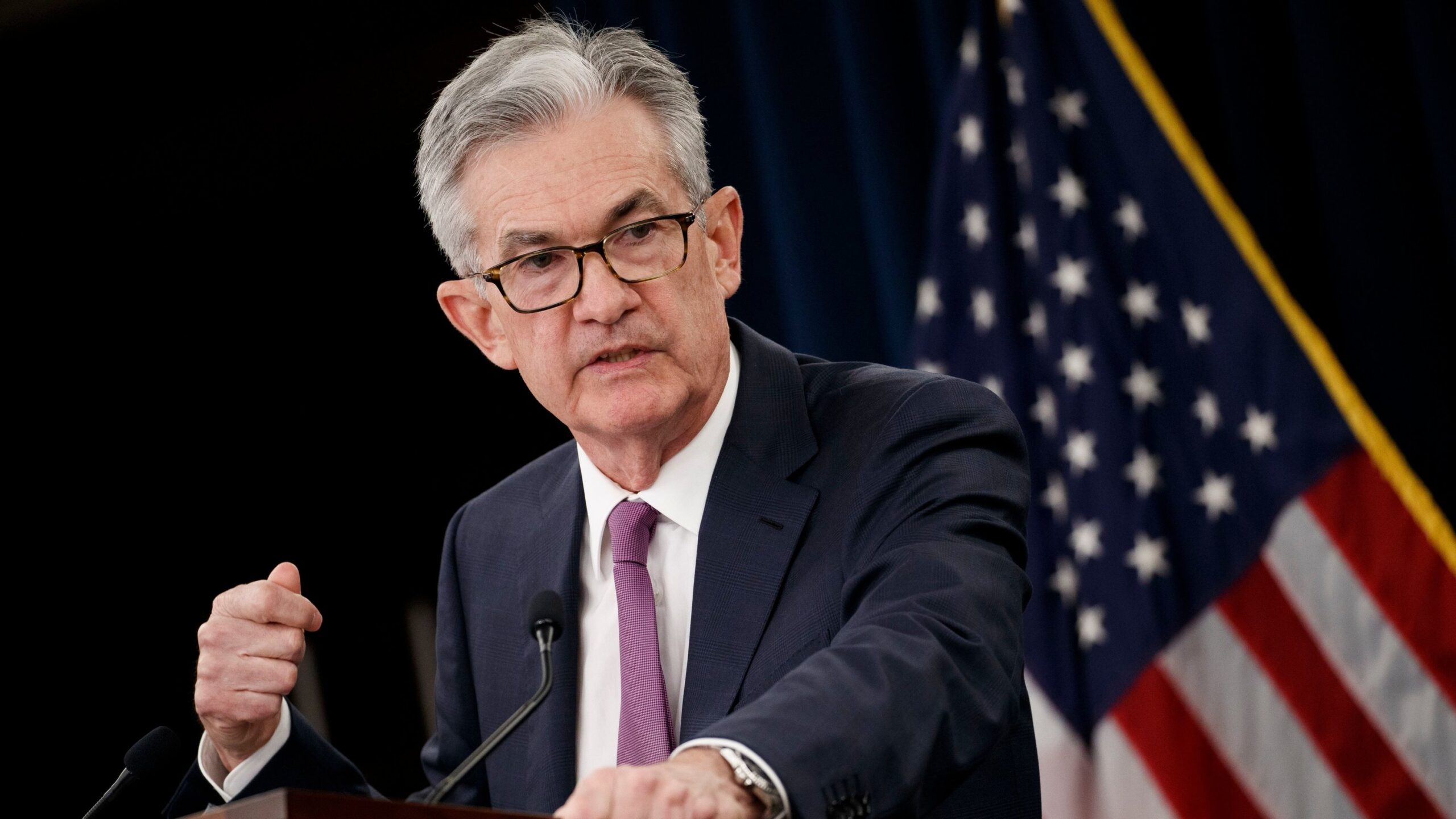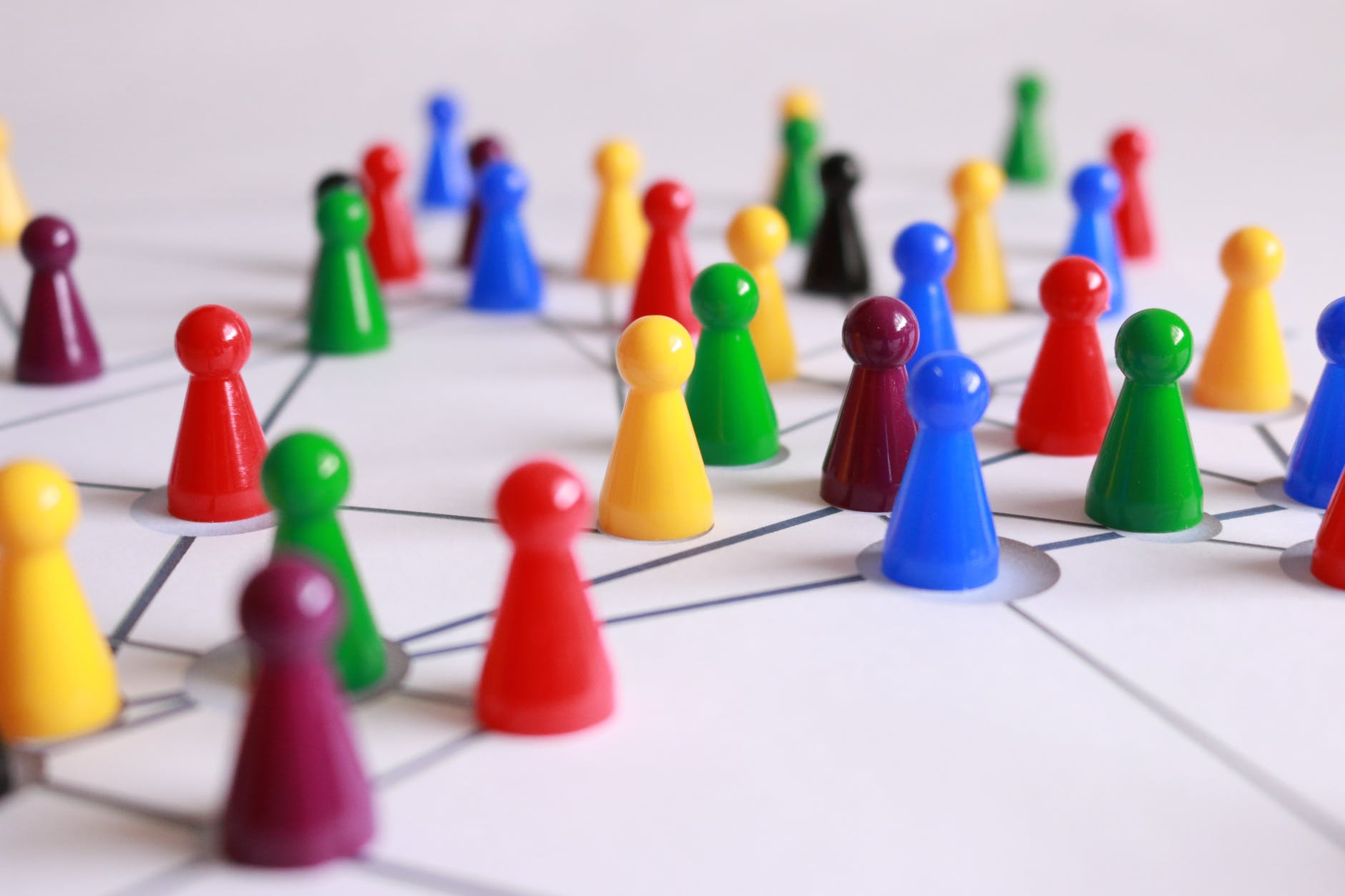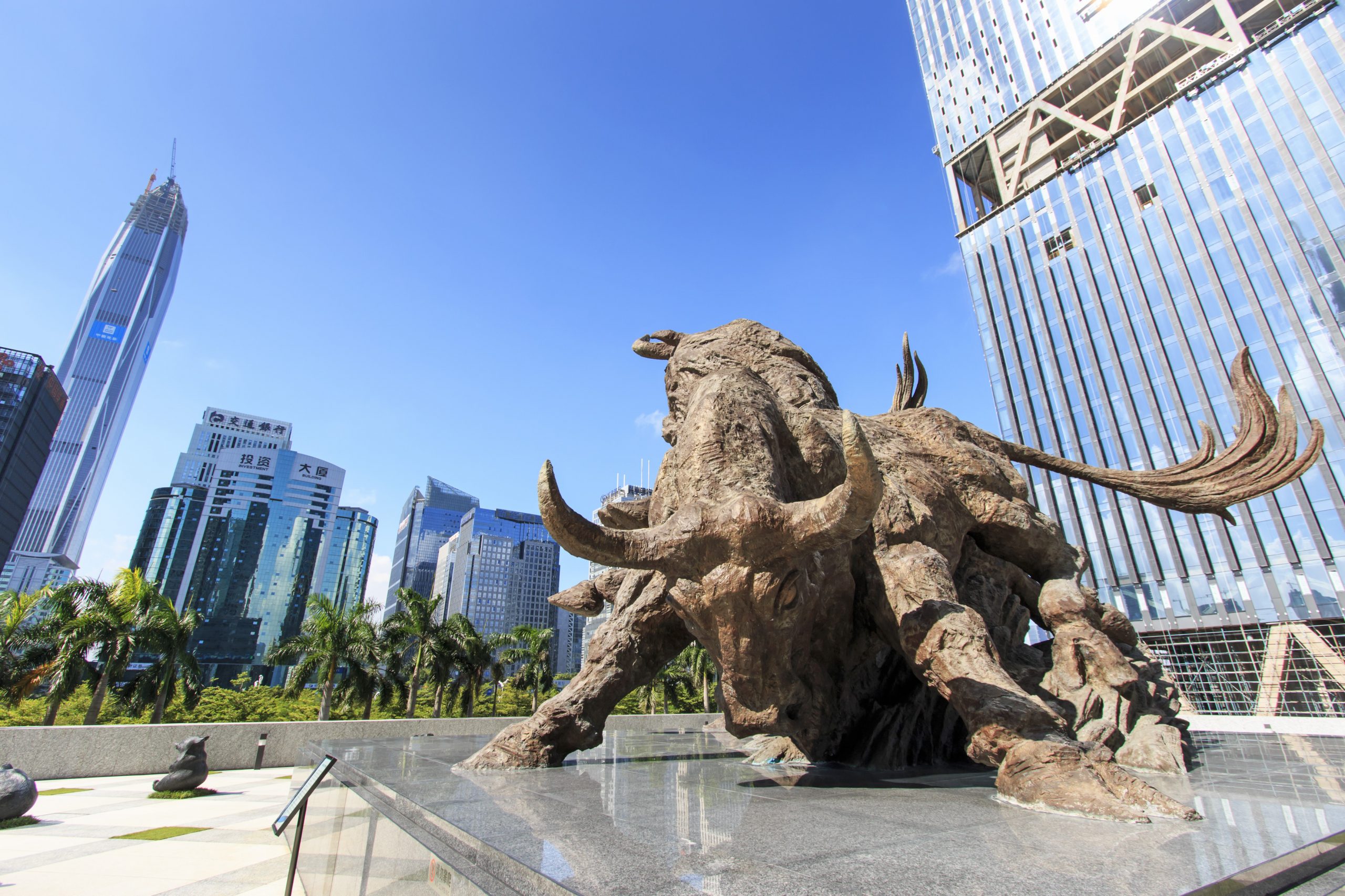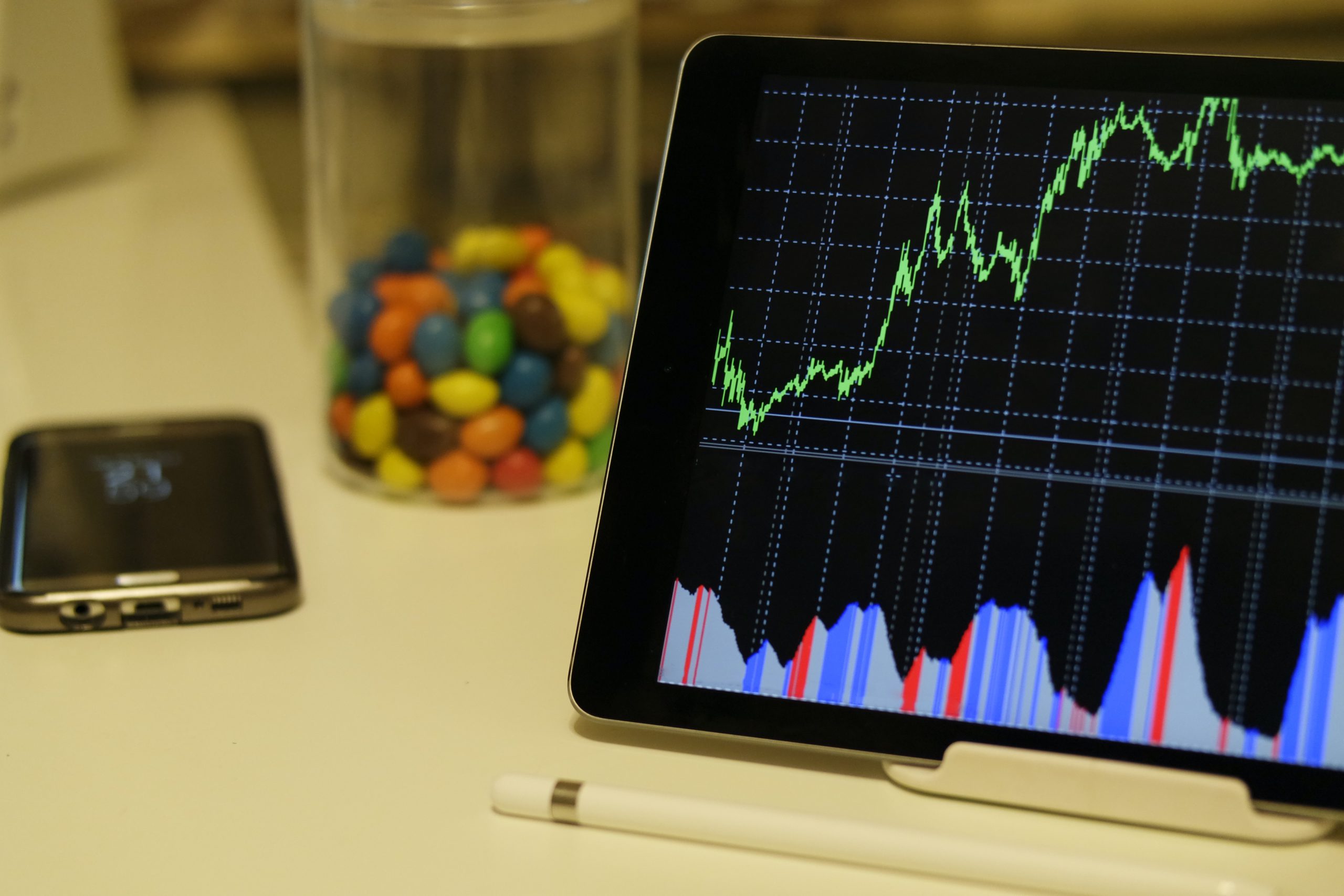When the US government reported November employment figures last week, several headline writers focused on the bad news. However, the data in the report was mixed and, to some extent, puzzling.
Continue readingThe Global Supply Chain Is In Low Supply!
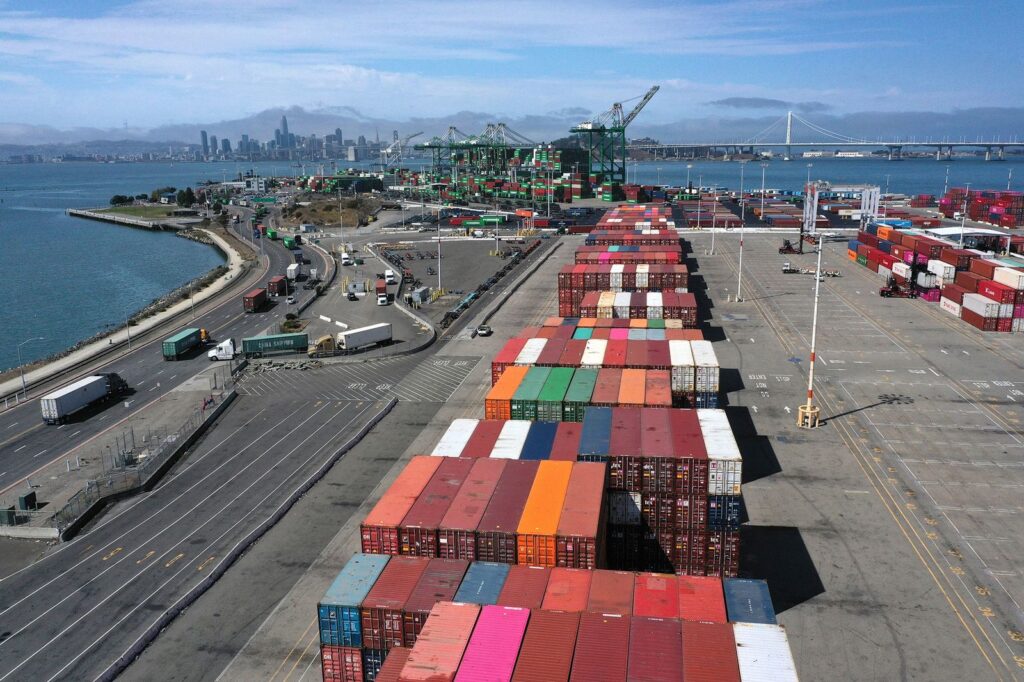
While there’s no denying supply chain logistics are always evolving, it’s safe to mention 2020 caused disruptions that almost all consumer goods brands aren’t familiar with seeing. Now, in 2021, there are new challenges companies must tackle to stay successful within the competitive eCommerce space. Therewith said, a shift to online retail, increase in consumer confidence, pent-up demand, and amassed savings all add up to an amazing opportunity for digitally native brands.
Countries across the world are grappling to counter the threatening impact of the pandemic. As countries continue to be in full or partial lockdowns to contain the spread of coronavirus, the associated economic challenges are exacerbated because of the global interconnectedness of supply chains, bringing many economies to a standstill.
When the pandemic first hit, production slowed to a halt or stopped since certain commodities weren’t in demand. This also meant that shipping companies retired older vessels to cut back overhead and laid off heaps of crewmen. As the world economies open up, production is now trying to catch up to the current influx of demand which successively means more products shipping but with fewer ships and shipping companies trying to rehire crewmen, there are delays with shipping. If we dig in further, ports are being overloaded with these ships waiting weeks/months to offload.
Companies that survived the volatility of 2020 likely did so by way of getting lean, selling through inventory, and focusing on working capital. At times, the last year’s challenges have no doubt felt unwieldy. Suppliers and manufacturers from all over the world have largely been put to the test, encountering massive stock shortages, fulfillment delays, and lengthy backorders on common inventory items.
Semiconductor Chip Shortages Give Auto Industry the Jitters Ahead of the Festive Season

The semiconductor shortage has come to haunt the Indian car industry before the festive season as companies report subdued, and even lower deliveries to dealerships in August, compared to what they dispatched within the same month last year. The chip supply crunch has disrupted the production schedule of many companies such as Maruti Suzuki, Mahindra & Mahindra, and Tata Motors, and companies have said that they are being forced to go slow on the shopfloor despite healthy demand.
Although the situation is quite dynamic, the auto companies are expecting an adverse impact on the production which is unlikely to resolve soon. The lead time, which is the time taken between ordering and delivering the chip, has also increased due to shortage of raw material and unavailability of shipping containers which stands true for the countries that are part of the global manufacturing supply chain like South Korea, Vietnam, and China. This chip shortage situation came at a time when already the inventory levels are low across most of the sectors globally which have led to delayed shipments, moderate production cuts increasing the backlog of deliveries and offtake volumes in the coming months.
Bracing for impact: Supply chain risk management post Suez Canal blockage

The cargo vessel within the picture ‘EVERGREEN’ is obstructing the Suez Canal which is holding up traffic that carries goods worth nearly $10 billion every day which needs to be dislodged as soon as possible to avoid any adverse economic fallout. The importance of the canal can be understood by the very fact that just about 10% of the global trade flows through this 193 Km long Suez Canal that connects the Mediterranean to the Red Sea and provides a shipping shortcut between Europe & Asia.
The canal’s temporary blockage created a domino effect of global supply chain disruptions, exacerbating already congested ports, railyards, and distribution centers; further straining containership shortages; and delaying shipments, including the delivery of raw materials that may also impact downstream production and therefore the manufacturing of all types of goods.
The iconic shipping journal Lloyd’s List estimates that goods worth $9.6 billion undergo the canal every day. Lloyd says about $5.1 billion of that traffic is westbound and $4.5 billion is eastbound. According to shipping and supply chain data from Dun & Bradstreet and supply chain software provider E2open, the highest impacted sectors in the United States and Europe include grocery stores and restaurant chains, clothing retailers, sporting goods retailers, surgical and medical equipment suppliers, hardware stores, and automotive repair services, among others.
Global supply chains are in a state of disarray and the visible impacts of the supply chain crisis can be seen in the form of product delays, product shortages, port buildups, and rampant freight costs. Due to infrastructure deficiency and container ship challenges, the cost of shipping a container from China to LA also results in a hefty amount in the form of heavy freight costs.
Global Trade Exports
Governments across the world have pumped up liquidity by printing currency, providing fiscal and monetary support to revive consumption from the fall during the Covid crisis in 2020. Additionally, due to Covid-19 induced lockdowns and travel restrictions people tend to spend more on consumer goods in comparison to services. The above chart of global exports shows clearly that post-Q2 2020, exports have risen due to increased consumption and disposable income in the hands of common people leading to an overall increase in demand.
Apart from everything else going across the globe, China is facing a proliferating power crisis forcing the authorities to cut power across the country which is caused mainly due to the missed energy and transmission targets by the Chinese government and physical electricity shortages due to strained infrastructure leading to such a crisis hampering the manufacturing activities
Conclusion
The economic turmoil caused by the pandemic has exposed many vulnerabilities in supply chains and raised doubts about globalization. Businesses and Corporations everywhere should use this crisis to need a fresh study of their supply networks, take steps to grasp their vulnerabilities, then take actions to reinforce robustness. In many industries, technologies like Automation, Additive Manufacturing, Blockchain, and Enterprise Resource Planning (ERP) promises to upend the traditional strategy of seeking economies of scale by concentrating production in a few large facilities. They’ll allow companies to replace large plants that serve global markets with a network of smaller, geographically distributed factories that are more immune to disruption. A multisourcing strategy is additionally a vital part of diversifying the supply chain. Sometimes, the solution isn’t as simple as reshoring or nearshoring if the company’s manufacturing processes rely on precious metals or other natural resources, for instance, that only certain parts of the world produce.
Network Effect: Why companies burn cash on customers?
In this hot season of startup IPOs, one term we are constantly hearing from pro-startup folks is “Network Effect”. So, what really is a Network Effect, and why do companies burn cash on customers?
What is Network Effect?
While there is no fixed definition to define Network Effect, the term can be used in any context where the intrinsic value of a service or product depends upon the number of consumers using it. Usually, as the number of consumers leveraging a service or product increases, the value of the service or product also increases in tandem. Prof. Bharat of HBS describes it as “The willingness to pay, for a buyer, increases as the number of buyers or sellers for the business grow.”
The Network Effect’s origins can be traced to Metcalf’s law. Metcalf’s law states that ‘the value of telecommunication network is proportional to the square of the number of connected users.
This law can be seen in the case of Western Union; even though Western Union is three times larger than that of its closest competitor, Western Union processes about five times as many transactions. The marginal utility, i.e., the added value by having one extra unit, increases exponentially (to a certain extent), thus giving rise to a substantial competitive advantage over competitors in the market.
In simple terms, consider Zomato as an example. As the number of consumers (people ordering food on Zomato) increases, the revenue increases, Zomato can hire more delivery personnel. As the number of delivery personnel increases, the time to deliver reduces. This reduced time would, in turn, will attract more consumers, and it becomes a vicious cycle of growth.
Now that Network Effect is defined, it is crucial to understand the industries, markets where Network Effect has a substantial effect. Empirically, the Network effect exists in businesses whose model is based upon information or knowledge transfer rather than physical capital. Moreover, this is because of information, many people can use the knowledge at once; economists call such goods non-rival goods. An example is Wikipedia; many can browse the same page on Wikipedia simultaneously. However, the same is not possible with tangible goods, and not many can use a phone at once. Though this is not a rule written in stone, it is very likely to find the Network Effect in business models involving non-rival goods.
Types of effects:
There exist various Network Effects for different business models, Direct network effects, indirect network effects, bilateral network effects, and local network effects. However, major Networks effects are, Direct network effects, indirect network effects.
Direct Network effects: They occur in a business model when the value of a product or service increases due to the increasing number of users of the product or service. This type of network effect can be seen in the case of social media platforms and even in the case of apple, where preferential treatment of iMessage has given Apple a competitive advantage.
Indirect Network Effects: They occur in business models where the platform, service, or product depends on two or more user groups, such as buyers and sellers in case of e-commerce sites like eBay or drivers and commuters in ridesharing apps like uber.
Economic benefits from the network effect
The network effect’s fundamental reason is significant because it provides a lasting competitive advantage to network-based companies. Network-based companies typically tend to create natural monopolies and oligopolies, providing them a strong competitive advantage. As the vicious cycle of growth, the one discussed above, starts gaining traction and becomes more significant, dominant, the services and products with smaller networks get squeezed and soon forced to quit the market. This is the reason why the markets which have network effects are termed as ‘Winner-takes-all’ markets.
Once a company starts leveraging the network effect and gains a substantial market share, it is likely to experience rapid growth rates. Thus, being ahead helps it to stay ahead, and the demand it has, allows its future demand to grow exponentially. Moreover, this demand can be capitalized using specific pricing strategies; the underlying rationale behind pricing strategies reverses themselves when the network effects become strong.
Initially, there is not much emphasis on profits in business models that have network effects; market share is the key driving factor here, as the market share decides the future willingness of a consumer to pay for the product. Thus, until the lion’s share of the market is grabbed, emphasis is not laid on profits, and once the network is strong, the prices are raised, and the profits would grow exponentially. This pricing strategy is clearly visible in the case of Jio, where services were offered for free to gain market share.
Facebook, the social media giant, is another well-known example of a similar pricing strategy utilizing the network effect. In 2004, when Facebook was launched, its services were free to use, this aspect attracted many users, who in turn attracted more users, and the vicious growth cycle took off, and squeezed Myspace out of the market and only after 2007, Facebook started monetizing the network it has made by introducing ads and from 2013, the monetization took off to whole another level, making it the giant it is today.
Network Bridging
Another area where network effects can be leveraged to create lasting competitive advantage is Network Bridging. The knowledge, network of the users of one business can be utilized in multiple scenarios and markets; this can be done through Network Bridging. A firm that has succeeded in utilizing the network effects in one market or industry can venture into new markets utilizing the data and improve its economics. An excellent example for Network Bridging is Alibaba; it bridged its e-commerce platform Tmall with its payment platform, Alipay. This synergy gave both parties of e-commerce a trustworthy platform to transact on, and the data generated from this synergy is used to give credit ratings to buyers. This credit rating was, in turn, used to hand out small loans with meager default rates. The extended loans, in turn, increased the purchases made on Tmall, thus improving the entire business ecosystem.
Can Network Effect go wrong?
Now that we have talked about the advantages Network Effect can provide, it is only fair to understand areas where Network Effect can go wrong. One of the major areas where business models dependent upon network effects can go wrong is network clustering. Network clustering is when a network is fragmented into local clusters, and if these clusters are isolated from one another, then they are more vulnerable to challenges.
Another area of drawback could be through Network Disintermediation. Network Disintermediation happens when the users of a platform bypass the platform and connect with one another after initially meeting through the network. Suppose a user requires a Taxi and books one on the common application. Once the user gets in the Taxi, the user deals with the taxi guy for future usage, thus disintermediating the network.
Network Effect is an essential factor in understanding the value of a business model based on network. Especially in this age of digitalization, where everyone is hyperconnected, and data is the new oil.
The SPAC-tacular Rise of SPACs
Markets worldwide are having a frenzied rally, with Indian markets touching an all-time high every other day. Many private companies are leveraging this opportunity to launch an IPO. The retail and HNI Participation have been robust, with many companies generating hefty listing gains.
Continue readingApplying BCG Matrix in Investing
The BCG Matrix or the Growth-Share Matrix is a very popular portfolio planning model which was developed by Bruce Henderson, founder of the Boston Consulting Group (BCG). It is a handy business tool which evaluates the strategic position of the business brand/product portfolio and its potential. It classifies business portfolio into four categories based on industry attractiveness (Market Growth Rate) and competitive position (Relative Market Share).
Continue readingHow Does Pharma Work – Part 2
The total size of the global pharmaceutical market is 1.2 Trillion Dollars, which are majorly contributed by three countries United States (486 Billion Dollars), China (137 billion Dollars) and Japan (86 billion Dollars).
Continue readingHow Does Pharma Work? – Part 1
There goes a lot into the process of making a drug. Before a drug is deemed suitable for patients, it has to go through rigorous testing and cost-effectiveness analyses. In this article, I have tried to explain the whole process, right from the Research and Development to Marketing.
Continue readingTechnical Analysis – Dow Theory
Charles H. Dow was the founder of the Dow-Jones Financial News Service in New York.
He is known as the father of modern technical analysis and was the first person to create an index that measures the overall price movement of U.S. stocks.
Is Debt harmful for the country?
Debt is an instrument that has an equal number of critics and supporters, but if we look at this concerning the current scenario, things are on a bit of a scary side. We have seen the announcement of relief packages consisting of huge amounts of money. Have you ever wondered about where it is coming from, or do you have to worry about the debt taken by the government, and what repercussions it can have in the long term? In this post, I have tried to encapsulate a few things, which would help you get an overview of how things will move around with this huge debt.
Continue readingBasics of Technical Analysis
Centuries of work has passed by interpreting and understanding the movement of prices in financial markets and the product of it is “Technical Analysis”
Continue reading
